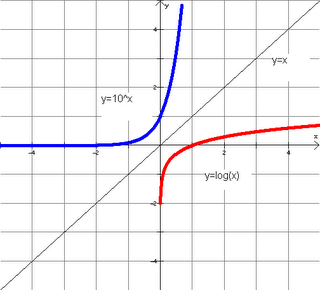Chapter 5.3 ~ Compound Interest
Equations:
Compound Interest (annually):
A=P(1+r)^t
A= accumulated amount after t years
P=Principal or starting amount to be invested
r= interest rate
t= term (years)
*Use this equation only when interest is being compounded annually.
Compound Interest (multiple conversions):
A=P(1+r/m)^(mt)
A= Accumulated amount after t years
P= Principal or starting amount to be invested
r= interest rate
t=term (years)
m=number of conversions or compundings in one year (quarterly, daily, etc.)
*Use this equation if interest is not being compounded annually
Effective Rate of Interest:
reff= (1+r/m)^m-1
reff= Effective rate of interest or true rate
r= nominal interest per year
m= number of conversions or compoundings in one year (quarterly, daily, etc.)
*Use this equation if interest is being compounded annually or for other conversion periods (quarterly, daily, etc.)
Present Value for Compound Interest:
P=A(1+r/m)^(-mt)
P= present value
A= future value
r= interest rate
m= number of conversions or compoundings in one year (quarterly, daily, etc.)
t= term (years)
Present Value for Continuous Compounding:
P=Ae^(-rt)
P= present value
A= future value
r= interest rate
t= term (years)
Continuous Compound Interest Formula
A=Pe^(rt)
A= Accumulated amount after t years
P= Principal or starting amount to be invested
r= interest rate
t= term (years)
Vocabulary Necessary for Understanding Compound Interest:
compound interest- interest is added to the principal and then earns itself that same rate which is then added to the new principle and so on and so forth
accumulated amount- sum of the principal and the interest after t- years
term- how long the money is gaining interest
nominal or stated rate- interest rate on the investment
conversion period- the time intervals between when interest is taken(such as quarterly, daily, etc.)
effective or true rate- the interest rate which produces the equal to the accumulated amount in one year that it would take the nominal rate compounded m- times a year
present value- amount which you have now
future value- amount which is gotten in the future (such as: at 9%, and at the end of nine years, the accumulated amount will be 20,000)
*present and future value are used when a question such as "how much money should I invest at a fixed rate, so that I will end up with x amount of money?"
Extra Notes:
Effective annual rate is used to compare to investment opportunities to see which would be the better deal. You plug in $1 as your principle, for one year to see which gives the most interest.
Present Value is needed when you need a certain amount of money for the future, so you need to find how much you need to start with at what interest rate to your future value.
Sample Question:
Find the accumulated amount after 12 years if $7000 is invested at 5.7% per year compounded annually and daily.
Plug in the quantities into the Annual Compound Interest Formula for one year A=P(1+r)^t, you get A= 7,000(1+.057)^12 = $13614.4 which is how much you would make after 12 years at that interest rate.
Plug in the quantities into the Multiple Conversion Compound Interest Formula for multiple conversions A=P(1+r/m)^(mt) to get A= 7000(1+(.057/365))^(12*365)= $13871.80
Internet Links for Further Information:
http://www.math.hawaii.edu/~ramsey/CompoundInterest.html
http://en.wikipedia.org/wiki/Compound_interest
http://mathworld.wolfram.com/CompoundInterest.html
Reminder to Danika for your post on Tuesday October 3rd due October 4th about Chapter 2.3 Functions and their Mathematical Models.
Personalization-
If you owe the bank $100, that's your problem. If you owe the bank $100 million, that's the bank's problem.
~ John Paul Getty



